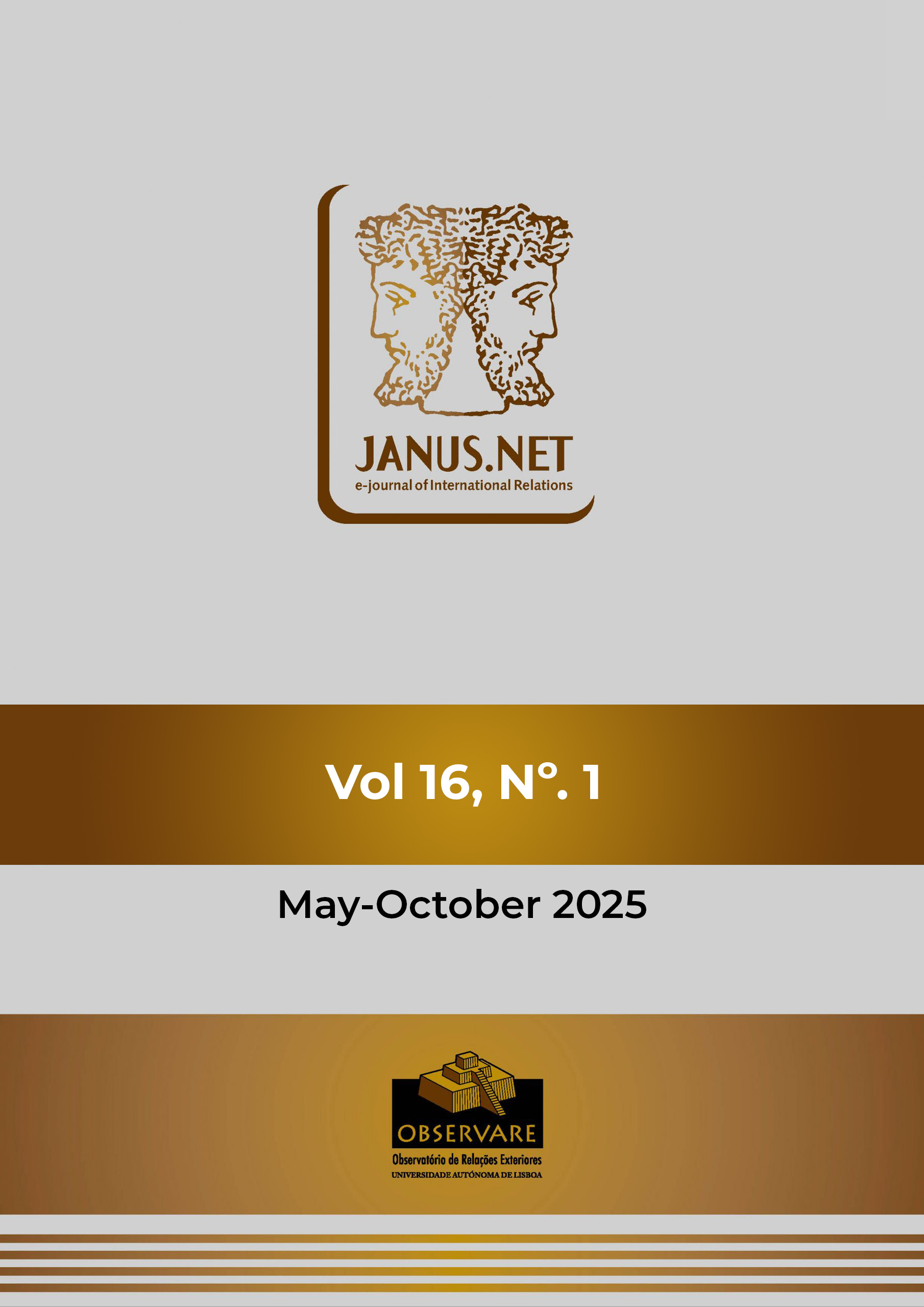The Belt and Road Initiative (BRI) serves as a central component of China’s foreign security strategy under Xi Jinping, aimed at achieving the “two centenary goals” and realizing the “Chinese Dream”. This study utilizes a document analysis approach to assess the objectives, positive outcomes, and challenges that the BRI has encountered in the strategic repositioning of China’s foreign security after a decade of global implementation (2013-2023). The research focuses on three main aspects: (i) Analyzing China’s foreign security strategic objectives through the BRI, including positioning China as a friendly major power, promoting economic development, safeguarding strategic maritime routes, and shaping a geopolitical landscape favorable to China’s interests; (ii) Evaluating the positive outcomes achieved, such as enhancing influence through “policy connectivity”, expanding soft power, establishing financial institutions, boosting overseas infrastructure investments, and fostering economic and financial linkages; and (iii) Identifying the major challenges BRI faces, including strategic competition from other major powers, concerns from participating countries about “debt-trap diplomacy”, risks to Chinese enterprises investing abroad, and potential failure due to external shocks such as the COVID-19 pandemic and the Russia-Ukraine conflict. Based on this analysis, the study concludes that overcoming these challenges will be crucial for China to achieve its strategic objectives in foreign security through the BRI.
NAVIGATING CHINA’S GLOBAL FOREIGN SECURITY STRATEGY: ASSESSING THE ACHIEVEMENTS AND CHALLENGES OF THE BELT AND ROAD INITIATIVE AFTER A DECADE OF IMPLEMENTATION
https://doi.org/10.26619/1647-7251.16.1.13
VU THI PHUONG LE, LE HOANG KIET, TRAN XUAN HIEP
Abstract
Keywords
BRI, China’s foreign security strategy, maritime security, geopolitical influence, infrastructure investment
Artigo publicado em 2025-05-20

